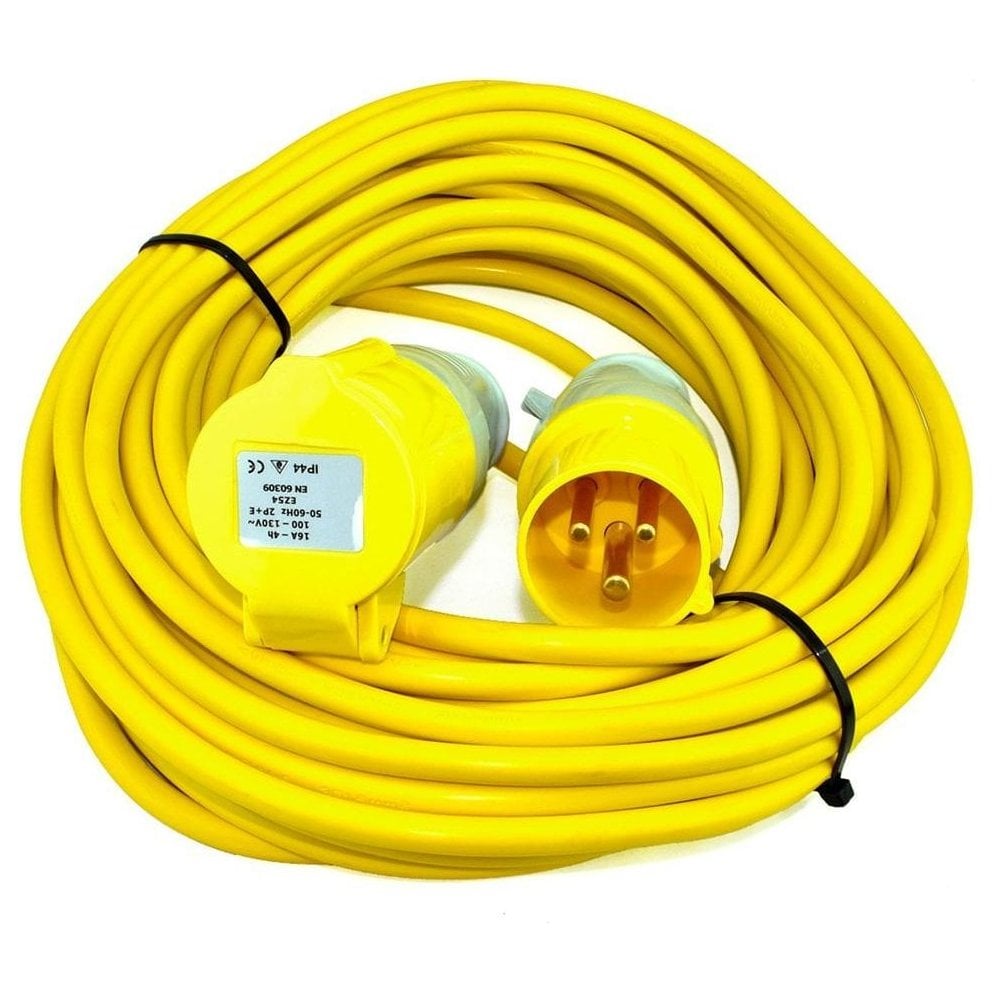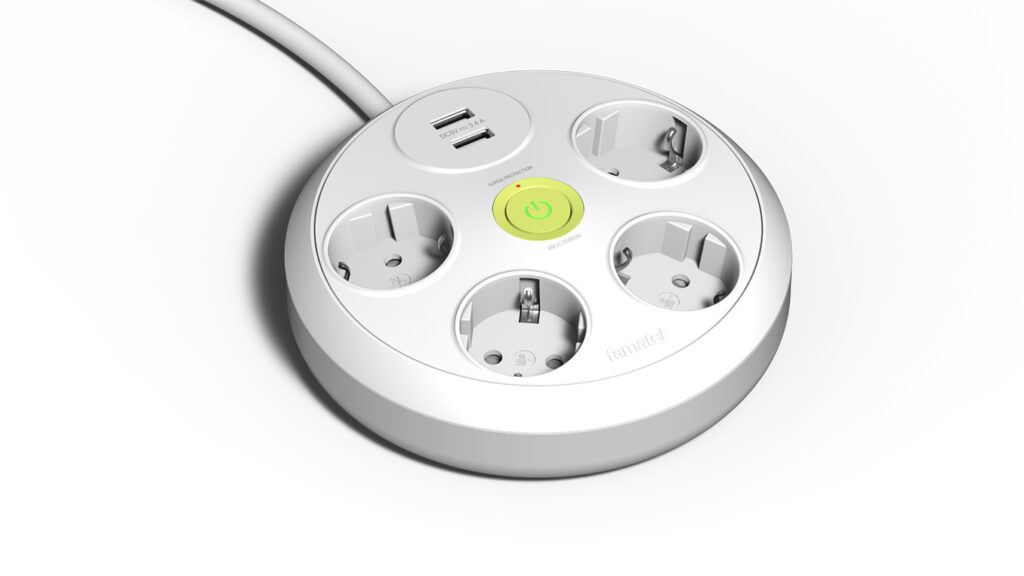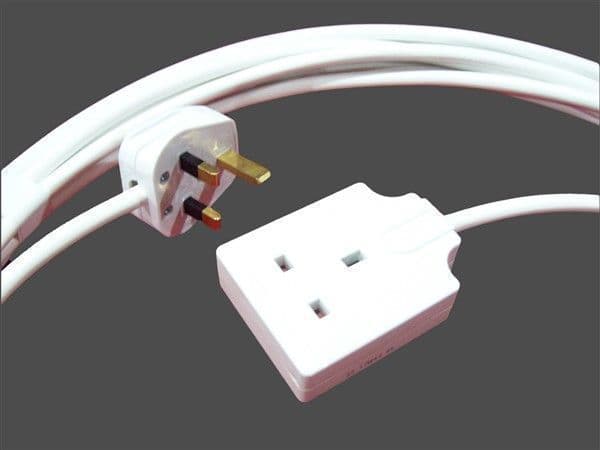Yes, you can use 1.5 mm cable for sockets. It is generally safe and suitable for many electrical applications. This cable size, often referred to as 1.5 mm² cable, is commonly used in residential settings for connecting sockets, switches, and light fixtures. It’s designed to handle the typical current loads in such applications.
However, the exact suitability depends on your specific electrical requirements and local regulations. For heavy-duty appliances or long-distance wiring, larger cable sizes might be necessary to prevent voltage drops and ensure safety. Always consult with a qualified electrician or follow local electrical codes to determine the right cable size for your specific project.
How Does Cable Size Impact Electrical Usage?

Cable size significantly impacts electrical usage and safety in electrical installations. The size of the cable, often referred to as the cross-sectional area of the conductor, affects the cable’s ability to carry electrical current effectively.
Current-Carrying Capacity
Larger cable sizes have a greater current-carrying capacity, meaning they can handle higher electrical loads without overheating. Smaller cables may overheat and pose a fire hazard if subjected to currents beyond their capacity.
Voltage Drop
Smaller cables result in higher resistance, leading to more significant voltage drops over longer distances. This can affect the efficiency of electrical appliances and cause dimming lights, especially in low-voltage systems.
Safety
Using the correct cable size is crucial for safety. Undersized cables can lead to overheating, which can cause fires. Oversized cables can be costly and challenging to install.
Compliance
Electrical codes and regulations often specify minimum cable sizes for different applications. Using the correct cable size is essential for compliance with safety standards and building codes.
Efficiency
Appropriately sized cables ensure efficient energy transfer, reducing energy wastage and the risk of power fluctuations.
What Are Common Residential Applications For 1.5 Mm Cable?
Socket Wiring: 1.5 mm cable is commonly used for wiring electrical sockets in residential settings. It efficiently carries the current needed for everyday devices and appliances plugged into these sockets, such as lamps, chargers, and small household appliances.
Switch Connections: This cable size is suitable for connecting light switches to the lighting fixtures they control. Whether it’s for ceiling lights, wall sconces, or outdoor lighting, 1.5 mm cable can handle the load efficiently.
Light Fixture Installations: 1.5 mm cable is often used for wiring and installing various light fixtures, including pendant lights, chandeliers, and track lighting. It can provide the necessary power for lighting these spaces.
Power Outlets: Power outlets in kitchens, bedrooms, living rooms, and other areas of a residence are typically wired using 1.5 mm cable. It can safely deliver power to a wide range of devices and appliances, including TVs, computers, and kitchen appliances.
General Appliance Wiring: Many small to medium-sized household appliances, such as blenders, microwaves, and vacuum cleaners, can be safely connected using 1.5 mm cable. It’s a reliable choice for ensuring power delivery to these devices.
Ceiling Fans: 1.5 mm cable is suitable for wiring ceiling fans. It can provide the necessary current to run the fan’s motor and, in some cases, the built-in lighting.
Interior and Exterior Lighting: This cable size is commonly used for interior and exterior lighting applications, including garden lights, pathway lights, and decorative lighting.
Electrical Outlets in Garages and Workshops: Garages and workshops often have outlets wired with 1.5 mm cable to power tools, lighting, and other electrical equipment.
How Much Load Can A 1.5 Mm Cable Take?
The maximum electrical load that a 1.5 mm cable can safely carry depends on various factors, including the cable’s material, insulation, and the local electrical code or regulations. In general, a 1.5 mm cable is suitable for handling typical household electrical loads.
Ampacity
The ampacity of a cable is its maximum current-carrying capacity. For a 1.5 mm cable, the typical ampacity may range from 13 to 17 amperes, depending on factors like the cable’s insulation type and local electrical code requirements.
Voltage
The voltage level for which the cable is rated is also a critical factor. In residential applications, 1.5 mm cable is often rated for use with the standard voltage levels in the area, such as 230 volts.
Continuous vs. Intermittent Load
The cable’s ability to handle a load depends on whether it’s a continuous or intermittent load. For continuous loads (those that operate for three hours or more), it’s advisable not to exceed 80% of the cable’s ampacity to prevent overheating.
Local Regulations
Local electrical codes and regulations may specify the maximum load a 1.5 mm cable can carry for specific applications. It’s important to stick to these regulations to ensure safety and compliance.
Temperature and Ambient Conditions
The temperature at which the cable operates, as well as the ambient conditions (e.g., the cable’s proximity to other heat sources), can influence its ampacity. Cables in higher-temperature environments may have reduced ampacity.
Voltage Drop
Consider the voltage drop across the cable when determining load capacity. Over long cable runs, a significant voltage drop can affect the performance of electrical devices. Ensure that the cable can maintain the required voltage levels for your application.
What Are The Alternatives to 1.5 mm Cable?

There are several alternatives to 1.5 mm cable, each with its own characteristics and applications. The choice of cable depends on the specific requirements of your electrical project.
2.5 mm Cable
A slightly larger cable size than 1.5 mm, it can carry a higher current load and is suitable for applications with increased power demands, such as some kitchen appliances.
4 mm Cable
This cable size provides even greater current-carrying capacity and is often used for larger appliances and equipment with higher power requirements.
6 mm Cable
Suitable for heavy-duty applications and appliances, 6 mm cable is used for demanding electrical loads like ovens, electric water heaters, and some industrial equipment.
10 mm Cable
For industrial or commercial applications with substantial electrical demands, 10 mm cable offers a higher ampacity and is used for large machinery and industrial installations.
Armored Cable (SWA)
Steel Wire Armored (SWA) cable is a robust alternative for applications where physical protection is needed. It’s commonly used in outdoor installations, underground wiring, and locations where the cable may be exposed to mechanical damage.
Copper vs. Aluminum Cable
The choice between copper and aluminum conductors can also be considered as an alternative. Copper cables have higher conductivity, making them suitable for applications with longer cable runs, while aluminum cables are lighter and cost-effective but have slightly lower conductivity.
Specialized Cables:
Depending on your project’s specific requirements, you may need specialized cables, such as fire-resistant cables for safety-critical installations, underground cables for buried applications, or aerial cables for overhead installations.
Multi-Core Cables
For applications that require multiple conductors within a single cable, multi-core cables are a practical alternative. They are often used for complex electrical systems, like control wiring and instrumentation.
Coaxial Cables
Coaxial cables are designed for specific applications, primarily for transmitting signals rather than power. They are commonly used in telecommunications, cable television, and data transmission.
Fiber Optic Cables
Fiber optic cables are used for transmitting data via light signals. They are not suitable for carrying electrical power but are crucial for high-speed data communication.
FAQ
Can 1.5 mm cable take 16A?
Yes, 1.5 mm cable can typically carry a maximum current of 16 amperes, making it suitable for many household electrical applications.
Can I use 1.5 mm cable for Earth?
Yes, 1.5 mm cable can be used for grounding (earth) in electrical installations. It provides a reliable path for fault currents to ensure safety.
Should I use 1.5 mm or 2.5 mm cable?
The selection between 1.5 mm and 2.5 mm cable depends on the required ampacity and the specific application. 2.5 mm cable can handle higher current loads and is suitable for certain heavy-duty applications.
Can I use 4mm cable for sockets?
Yes, 4 mm cable is suitable for powering sockets and can handle higher current loads compared to 1.5 mm cable.
Can you join 1.5 mm cable to 2.5 mm cable?
Yes, you can join 1.5 mm cable to 2.5 mm cable using suitable connectors or junction boxes to meet your electrical needs.
Can we run AC on 2.5 mm cable?
Yes, 2.5 mm cable can be used for air conditioning systems, provided it meets the electrical requirements of the AC unit.
What does 1.5 mm cable mean?
1.5 mm cable refers to an electrical cable with a cross-sectional area of 1.5 square millimeters. It’s a measurement of the cable’s conductor size.
What is the spec of 1.5 mm cable?
The specifications of 1.5 mm cable include its ampacity, voltage rating, insulation material, and other details, depending on the specific type and application.
Why is 1.5 mm cable used for lighting?
1.5 mm cable is commonly used for lighting because it can safely carry the current required for typical lighting fixtures, ensuring efficient illumination.
Can you use 1.5 mm cable for 12V?
Yes, 1.5 mm cable can be used for 12V applications, such as low-voltage lighting systems or automotive wiring, provided it meets the ampacity requirements for the specific project.
Final words
In conclusion, using 1.5 mm cable for sockets in your home is generally safe and suitable for most residential electrical applications. This versatile cable size can efficiently handle the electrical loads of everyday devices, such as lamps, appliances, and more. However, it’s essential to be aware of the specific requirements of your project.
Above all, prioritize safety and compliance with local electrical codes. When in doubt, consult with a qualified electrician to make informed choices for your electrical installations. With the right cable size and proper installation, you can enjoy safe and efficient electrical connections in your home.











